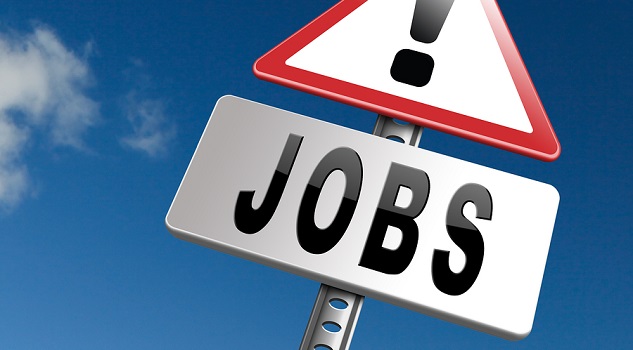New ABS data has revealed that the critical worker shortages are a key factor as to why Australia has not achieved significant economic recovery post-COVID, and the issue is a big concern for the Business Council of Australia.
“Businesses crying out for almost half a million workers to fill roles and keep their doors open, more than double pre-pandemic levels,” Business Council chief executive Jennifer Westacott said. “A shortage of workers puts a handbrake on businesses who want to expand and innovate, boost their productivity and pay sustained higher wages.”
For the Business Council, these shortages and the slow recovery have only served to hurt and punish the customers of their businesses who have been wanting to travel, go out, and support small businesses.
“It means customers face long waits when travelling, they can’t get reservations at their favourite restaurants and cafés, or they can’t access the services they want,” Westacott said. “You can’t employ hundreds of Australians on a construction job if you don’t have a surveyor, you can’t deliver an infrastructure pipeline without engineers, and you can’t open your restaurant or café if you don’t have the staff.
“To lock in our recovery and to make sure Australians get the services they expect, we must boost levels labour force participation, attract migrants and deliver a skills system that lets Australians reskill and upskill quickly,” Westacott added.
The Business Council has pointed out that Australia has some of the best homegrown talent in the world and there is a strong pipeline of talent ahead for the future. But that future looks bleak when the workers are not there to be trained.
“There are now almost the same number of unemployed Australians as there are job vacancies,” Westacott said. “We need both targeted migration to fill critical shortages at every skill level right now, and a skills system that lets workers easily and quickly train with the skills employers need for the longer term.
“Business looks forward to working with the government to ease long visa processing delays, making sure our immigration system delivers the skills and workers Australia needs for the future and staying course on measures that let women get back into the workforce. As a national priority, we must keep the recovery on track by attracting the best talent and managing Australia’s acute workforce shortfall.”















